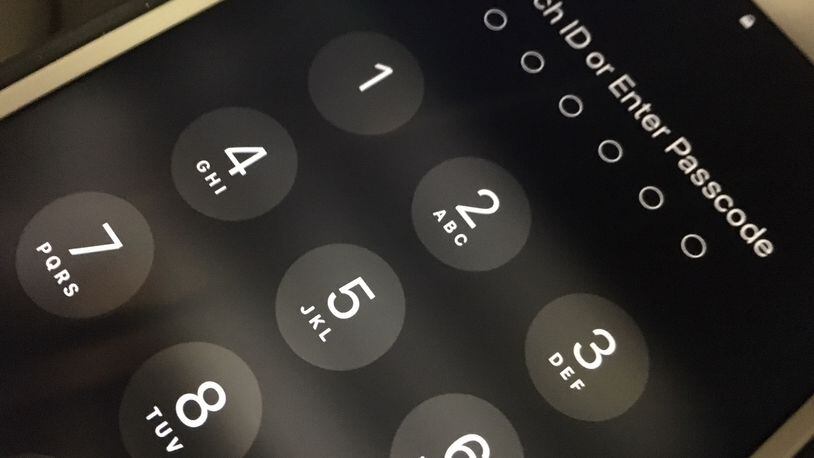“I think that’s pretty dumb,” said Jalen Collins of Dayton. “It’s your phone. It’s got all your personal information.”
Thieves could easily gain access to email and banking information if your phone is stolen.
“I’ve had that happen,” said Donna Hill of Dayton. “I panicked.”
Sinclair Community College CIS professor and security expert Dr. Mike Libassi said that if your phone allows biometrics — fingerprints or face recognition — enable that first. Then add a password or passcode.
“Have something, but don’t make it too easy to guess,” said Libassi.
Add a number, a capital letter and a special character like a dollar sign.
Switching to a more complicated password on a smartphone can thwart a thief.
Also consider a password manager like LastPass.
“I need to use my finder print to get in,” said Libassi.
You can lose some convenience by adding a password, but “learn to live with it,” said Libassi.
“If you don’t, though, you will really pay for it later.”
Libassi also said that it’s important to use different passwords for all of your accounts and to change them frequently.
About the Author
